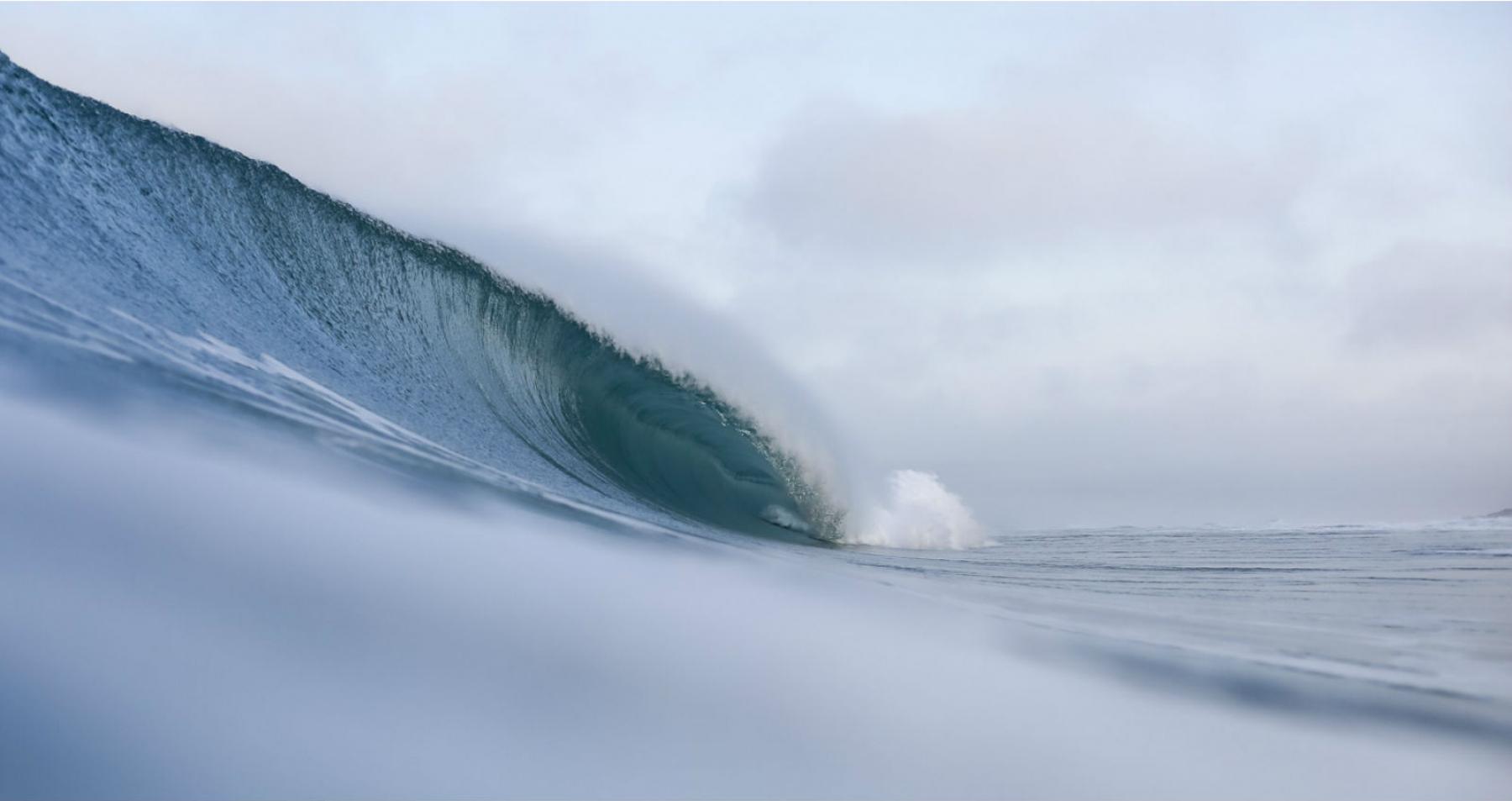
28 Jan Le GOUF ou l’origine de nos belles vagues // LA PLANÈTE VILLA
A l’heure où la ville d’Hossegor se prépare à accueillir les surfeurs du monde entier, ou l’effervescence commence à se ressentir dans la station, voici quelques précis géologiques.
Saviez-vous qu’une originalité géologique est à l’origine de nos belles et grandes vagues ? Saviez-vous que cette particularité est également présente à Nazaré au Portugal, autre Mecque du surf européen ?
Et bien oui, c’est grâce au GOUF que naissent nos vagues si reconnues et prisées à travers le monde.
Qu’est ce que le GOUF ?
C’est un canyon sous marin, aussi grand que celui du Colorado, créé par l’écartement de la plaque tectonique européenne au nord et la plaque ibérique au sud. Débutant à 300 mètres au large de Capbreton, le Gouf se poursuit sur 270km jusqu’à atteindre une profondeur de 4000 mètres au large de Santander.
Et la création des vagues me direz vous ?
Le phénomène se produit à cause de la remontée rapide des fonds près de la côte. L’effet sur la houle comparable à celui des récifs crée alors la fameuse vague appelée « La nord », à la forme très particulière.
C’est pourquoi, la plage Sud d’Hossegor et les plages de Capbreton, face à la tête du Gouf bénéficient de vagues plus « petites » car freinées par la profondeur. Alors que la plage nord, puis en suivant celles de Seignosse, jouissent de vagues « boostées » par le phénomène géologique sous marin.
En mer, le Gouf est un refuge pour les marins en cas de grosse mer. Les bateaux et leur équipage bénéficient alors d’une zone de quiétude liée à la profondeur sous marine qui freine le déferlement des vagues, tandis que de part et d’autre, à partir de 50 mètres de profondeur elles déroulent à leur guise.
Les vagues de Nazaré au Portugal sont issues de cette même spécificité géologique sous marine.

